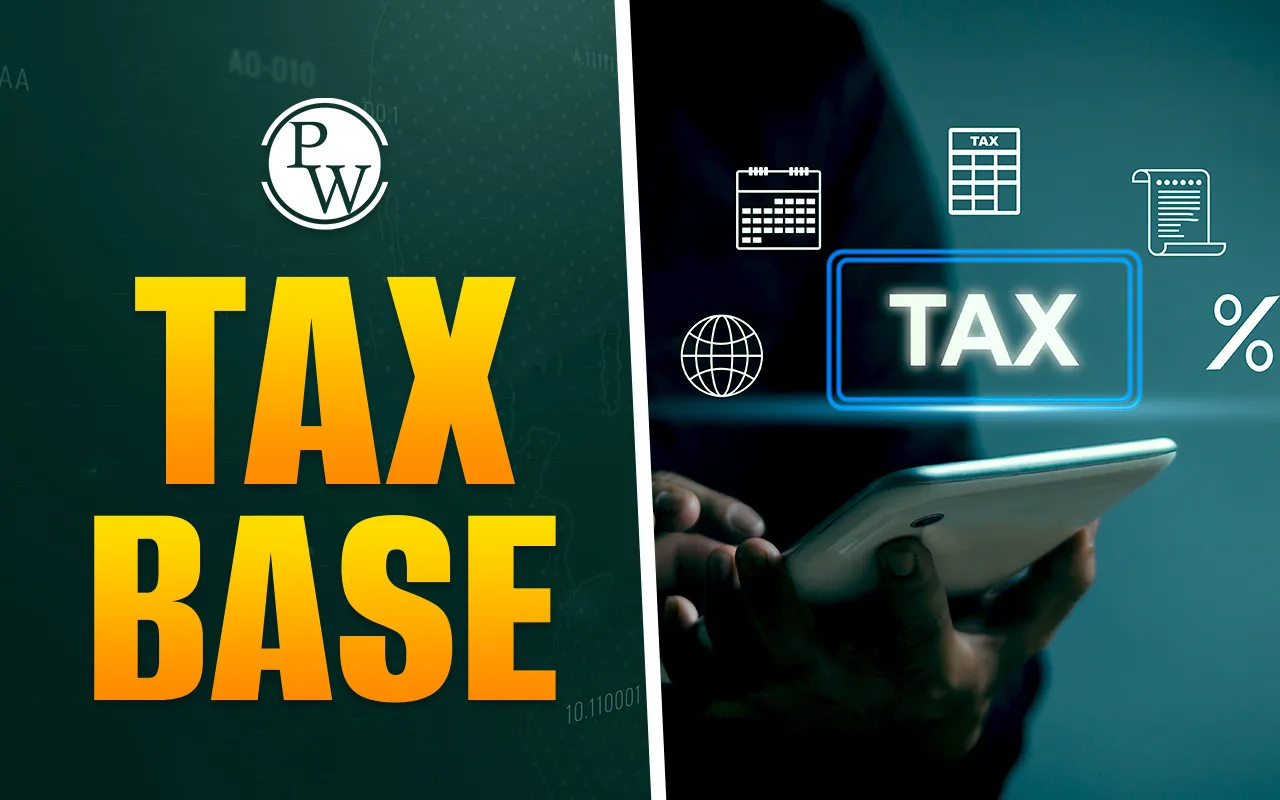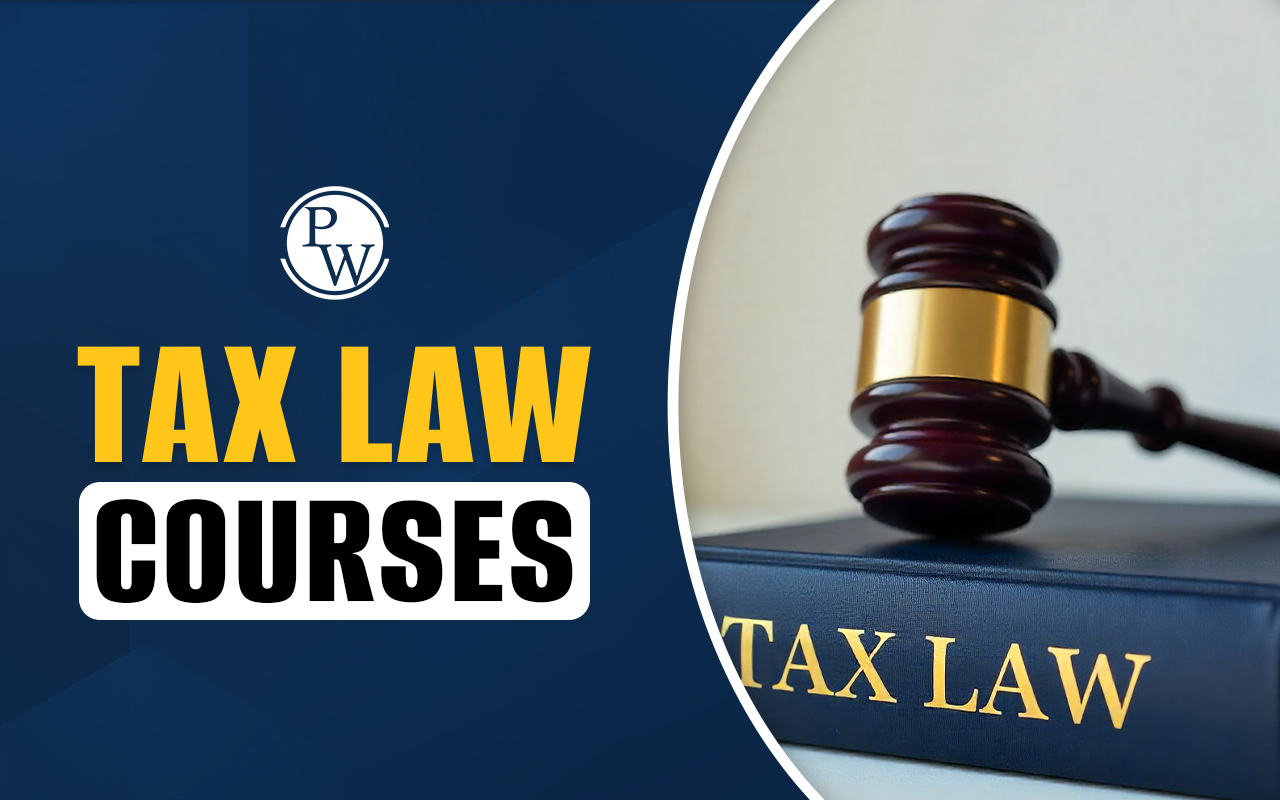
A tax base is a fundamental concept in public finance and taxation. It represents the total value of assets, income, and economic activities that a government can legally tax. Understanding the tax base is essential for evaluating how governments generate revenue and how tax policies impact individuals and businesses. In this article, we’ll explore what is tax base, how it is calculated, examples across different tax systems, and the idea of how to broaden the tax base.
What Is a Tax Base?
The term "tax base" refers to the aggregate amount upon which a tax is levied. It could include personal income, corporate income, property value, or the value of goods and services sold. This base serves as the foundation for tax collection and is critical for determining how much revenue a government can expect to generate.
Each type of tax has its own base. For instance:
Income tax base: Total taxable income after deductions.
Property tax base: Assessed value of land and buildings.
Sales tax base: Total value of goods and services sold.
Capital gains tax base: Profits earned from selling investments or property.
Tax Base Formula
The basic formula to calculate tax liability based on a tax base is:
Tax Liability = Tax Base × Tax Rate
Let’s take an example to illustrate this:
Suppose an individual has a taxable income of ₹500,000, and the applicable income tax rate is 10%. Using the formula, the tax liability would be:
Tax Liability = ₹500,000 × 10% = ₹50,000
This formula applies across different tax types, although each tax category may involve its own set of rules, exemptions, and deductions.
Also Check: How To Change Career To Accounting?
Income as a Tax Base
In many countries, personal income tax forms the largest part of the total tax revenue. For individuals, the tax base is usually their annual income minus exemptions and deductions. Employers deduct taxes from salaries, and self-employed individuals compute their net income.
Businesses also contribute to the income tax base. They pay taxes on their net income after accounting for costs and allowable expenses.
For example, Preetha, a student, earned ₹10,00,000 last year. After accounting for deductions, only ₹5,00,000 is taxable. At a 10% tax rate, her tax liability becomes ₹50,000. Here, the tax base is ₹5,00,000.
Capital Gains as a Tax Base
Capital gains refer to profits from selling investments like stocks, bonds, or real estate. When these assets are sold for more than their purchase price, the profit is considered a capital gain and becomes part of the tax base.
Assume someone sells shares and earns a ₹20,00,000 profit. After deducting capital losses or adjustments, the final gain becomes ₹18,00,000. If the applicable tax rate is 15%, the tax payable will be:
₹18,00,000 × 15% = ₹2,70,000
In this example, ₹18,00,000 is the tax base.
Property as a Tax Base
Property taxes are calculated based on the assessed value of land, buildings, or other real estate assets. The local governing bodies usually assess the value periodically to determine the tax base for property owners.
For example, if a house is assessed at ₹75,00,000 and the local property tax rate is 2%, the property tax liability would be ₹1,50,000.
Also Check: Top Tax Preparer Interview Questions 2025
Sales Tax as a Tax Base
Sales tax is imposed on the sale of goods and services. The total value of retail purchases constitutes the sales tax base. While some essential items may be exempt, the tax applies to most other consumer goods.
For instance, if a customer purchases electronics worth ₹50,000 and the applicable sales tax rate is 12%, then:
₹50,000 × 12% = ₹6,000
Here, the tax base is ₹50,000.
What Does It Mean to Broaden the Tax Base?
The concept of "broaden the tax base" refers to expanding the types or levels of income, assets, or transactions that are subject to taxation. This can be done without increasing the tax rate. The goal is to increase government revenue by including more items or individuals under the tax net.
For instance, removing certain exemptions or deductions from income tax calculations can broaden the tax base. Including online transactions or digital services under the purview of sales tax is another way governments aim to broaden the tax base.
Types of Tax Bases
Understanding the different types of tax bases helps in analyzing tax policies:
-
Income Tax Base: Based on salaries, wages, business income, and other earnings.
-
Property Tax Base: Based on the assessed value of owned assets.
-
Sales Tax Base: Based on the consumption of goods and services.
In addition, there are three types of tax systems:
-
Progressive Tax: Higher income earns a higher tax rate.
-
Proportional Tax: Fixed tax rate for all income levels.
-
Regressive Tax: Lower income groups pay a higher share relative to income.
Sales taxes and property taxes often fall under regressive taxes, while income tax systems are generally progressive.
Broad vs. Narrow Tax Base
A broad tax base covers a larger population or a wider variety of items for taxation. In contrast, a narrow tax base applies to fewer items or a smaller group of people.
For example:
-
A luxury tax on high-end vehicles targets a narrow group.
-
A basic consumption tax applied to most retail goods covers a broad base.
Policymakers often aim to broaden the tax base to ensure a more stable and sustainable revenue system, especially in times of economic uncertainty.
Importance of a Stable Tax Base
A stable tax base ensures consistent revenue for government programs, infrastructure development, and public services. When the tax base is too narrow, the financial burden may fall disproportionately on a smaller group of taxpayers.
Expanding the tax base equitably not only improves revenue but also promotes fairness in the system. It allows for lower tax rates across the board while still meeting fiscal objectives.
Understanding what is tax base is essential for both policymakers and taxpayers. It determines how much individuals and businesses owe and directly affects government revenue. Whether it involves income, property, or sales, each type of tax base plays a role in building a sustainable economy.
Governments often look to broaden the tax base as a way to enhance revenue without increasing tax rates. From individual taxpayers to corporations, everyone contributes to some form of tax base, forming the foundation of a functioning public finance system.
Build Your Career with a Certificate Program in Accounting, Taxation, and Finance
The objective of the Certificate course in Taxation is to provide you with the skills, information, and practical experience you need to succeed in the field of accounting. This four-month hybrid program, taught on weekdays in recorded and live lectures, contains practical case studies guided by PwC India.
Tax Base FAQs
What is tax base in simple terms?
Why is tax base important?
What happens when you broaden the tax base?
Can the tax base change over time?














